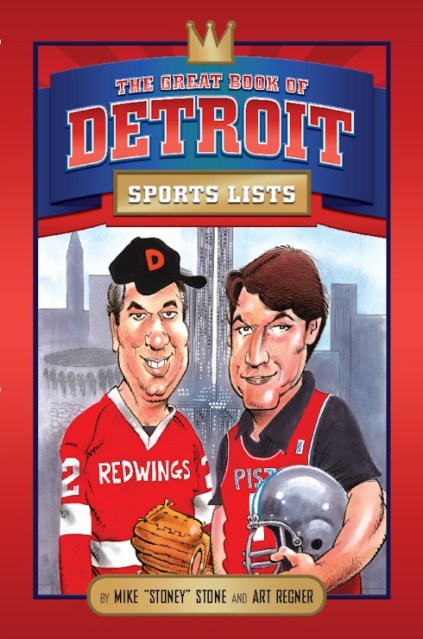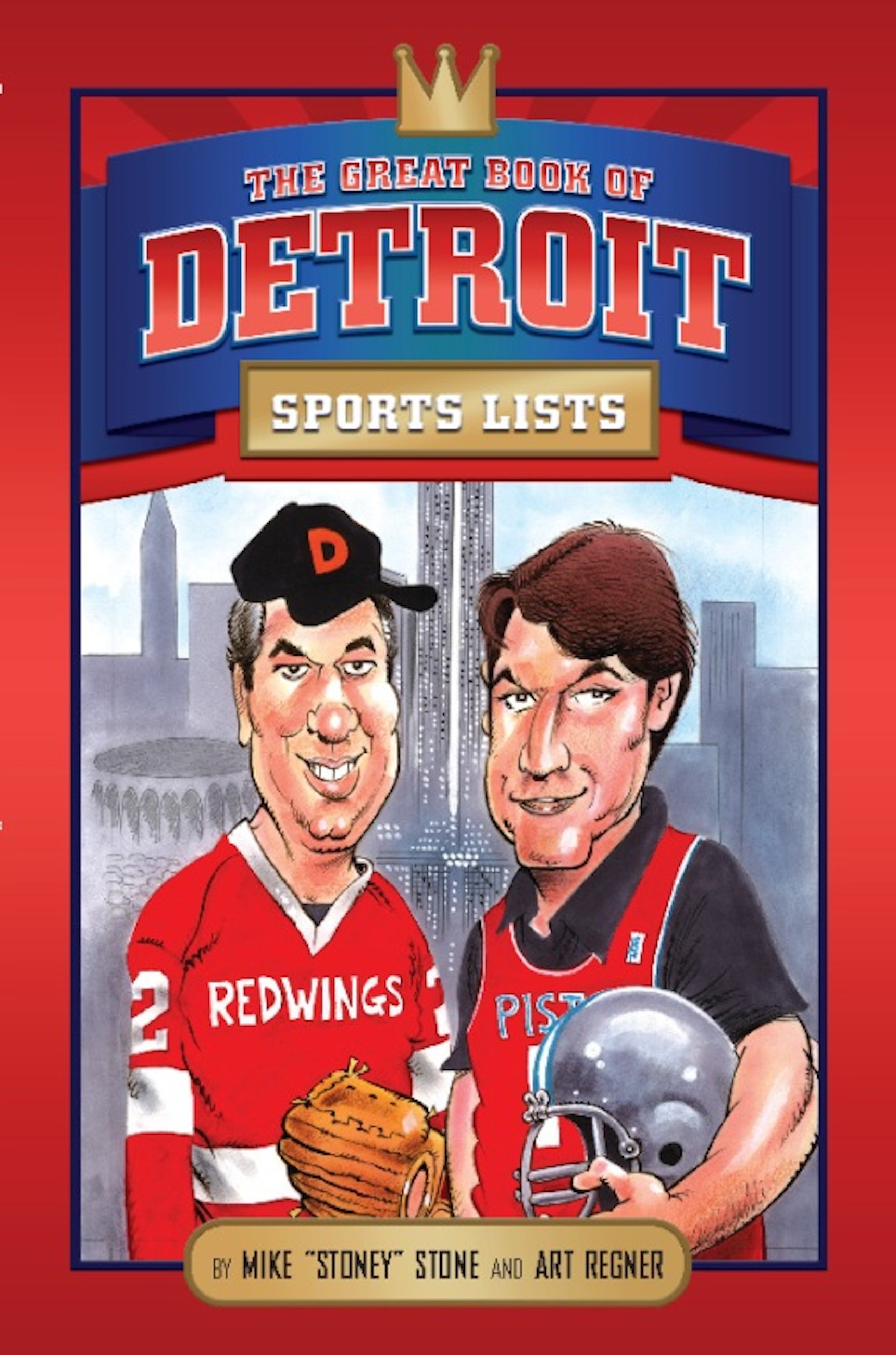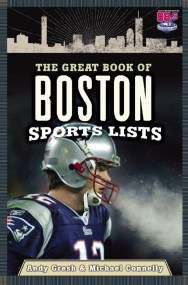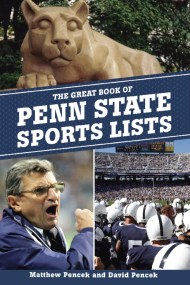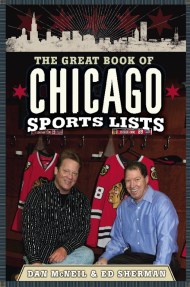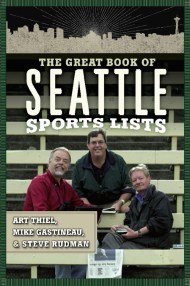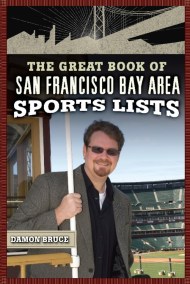Promotion
Use code MOM24 for 20% off site wide + free shipping over $45
The Great Book of Detroit Sports Lists
Contributors
By Mike Stone
By Art Regner
Formats and Prices
Price
$9.99Price
$12.99 CADFormat
Format:
ebook $9.99 $12.99 CADThis item is a preorder. Your payment method will be charged immediately, and the product is expected to ship on or around December 16, 2008. This date is subject to change due to shipping delays beyond our control.
Also available from:
List topics include:
What were the most lopsided trades in local sports history?
Who were the most overrated athletes to play in our town?
What local athlete had the best appearance in TV or film?
What was the most heartbreaking loss in local sports history?
What was the greatest single play in local sports history?
Who are our team’s most hated rivals?
Plus dozens of “guest” lists contributed by famous local sports and entertainment celebrities.
Not only does Detroit host major pro sports teams — the Lions (NFL), the Red Wings (NHL), the Tigers (MLB), and the Pistons (NBA) — the area also includes prominent college sports programs such as the University of Michigan. Detroit’s fans are some of the most educated and fanatical in the country, thanks to the work of long-time commentators Mike Stone and Art Regner.
Genre:
- On Sale
- Dec 16, 2008
- Page Count
- 336 pages
- Publisher
- Running Press
- ISBN-13
- 9780786741717
Newsletter Signup
By clicking ‘Sign Up,’ I acknowledge that I have read and agree to Hachette Book Group’s Privacy Policy and Terms of Use
